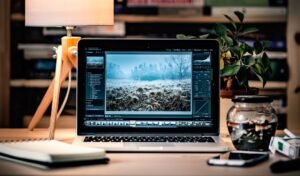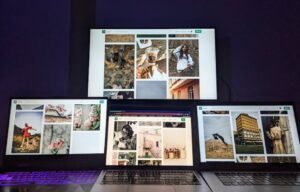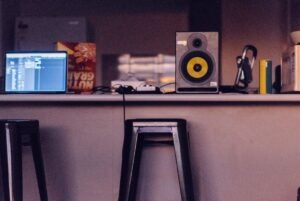Video Mapping
In the modern age of technology, video mapping has emerged as an innovative technique that combines video projections with real-world objects to create captivating visual experiences. This art form has gained popularity in various fields, including entertainment, advertising, and architectural design. By projecting images and animations onto surfaces such as buildings, sculptures, or even entire landscapes, video mapping allows for the transformation of static objects into dynamic, immersive displays.
Key Takeaways
- Video mapping combines video projections with real-world objects.
- It creates captivating visual experiences.
- It is used in entertainment, advertising, and architectural design.
- Video mapping transforms static objects into dynamic displays.
One of the key aspects of video mapping is the ability to manipulate the projected content to fit the specific shape and features of the object being mapped. This is achieved through the use of specialized software that allows the artist to define the exact position, perspective, and dimensions of the projected image. By precisely aligning the content with the object’s surfaces, video mapping ensures a seamless integration between the digital and physical realms, creating a truly immersive experience for viewers.
*Video mapping has revolutionized the way artists and designers approach storytelling and visual communication. By breaking the boundaries of traditional static installations, video mapping allows for the creation of narratives that unfold and evolve in real-time. This dynamic aspect adds an extra layer of engagement, as viewers become active participants in the experience rather than passive observers. The ability to continuously change the imagery and adapt it to the context creates endless possibilities for creativity and artistic expression.*
Applications of Video Mapping
Video mapping has found its place in various industries, harnessing its potential to captivate and communicate effectively. Here are some notable applications of video mapping:
- Entertainment: Video mapping is extensively used in live performances, concerts, and theater productions to create visually stunning backdrops and enhance the overall atmosphere.
- Advertising: Brands and businesses leverage video mapping to create immersive and eye-catching displays for product launches, store openings, and promotional events.
- Architecture: Video mapping has transformed the way architectural structures are presented and experienced. It allows architects and designers to showcase their concepts and ideas in a dynamic and interactive manner.
- Public Installations: Cities and event organizers utilize video mapping to enhance public spaces, monuments, and landmarks, creating temporary or permanent installations that engage and inspire the community.
Data on Video Mapping
| Industry | Market Size (2023) |
|---|---|
| Entertainment | $2.9 billion |
| Advertising | $1.7 billion |
| Architecture | $1.2 billion |
*The growth of video mapping can be attributed to its ability to captivate audiences and provide a memorable experience. As a result, the market for video mapping is projected to reach unprecedented levels in the coming years.*
| Benefits of Video Mapping |
|---|
| – Creates visually captivating displays. |
| – Enhances storytelling and engagement. |
| – Provides flexibility in content customization. |
| – Transforms static objects into dynamic experiences. |
Another crucial advantage of video mapping is its versatility. With advancements in technology, it has become more accessible and affordable for artists and designers to deploy video mapping in their projects. Various software tools and projectors are available on the market, enabling individuals to experiment and unleash their creative potential.
Future Trends in Video Mapping
The future of video mapping looks promising, with emerging trends that will shape the direction of this art form. Some notable trends include:
- Integration of augmented reality (AR) and virtual reality (VR) technologies.
- Advancements in 3D projection mapping techniques.
- Development of interactive and responsive video mapping installations.
- Use of artificial intelligence (AI) for real-time content generation and adaptation.
Conclusion
In conclusion, video mapping has revolutionized the way we perceive and interact with visual content. It has opened up new possibilities for storytelling, communication, and artistic expression. With its ability to transform static objects into dynamic experiences, video mapping continues to captivate and engage audiences across various industries. As technology advances and new trends emerge, the future of video mapping looks promising, promising endless opportunities for creativity and innovation.
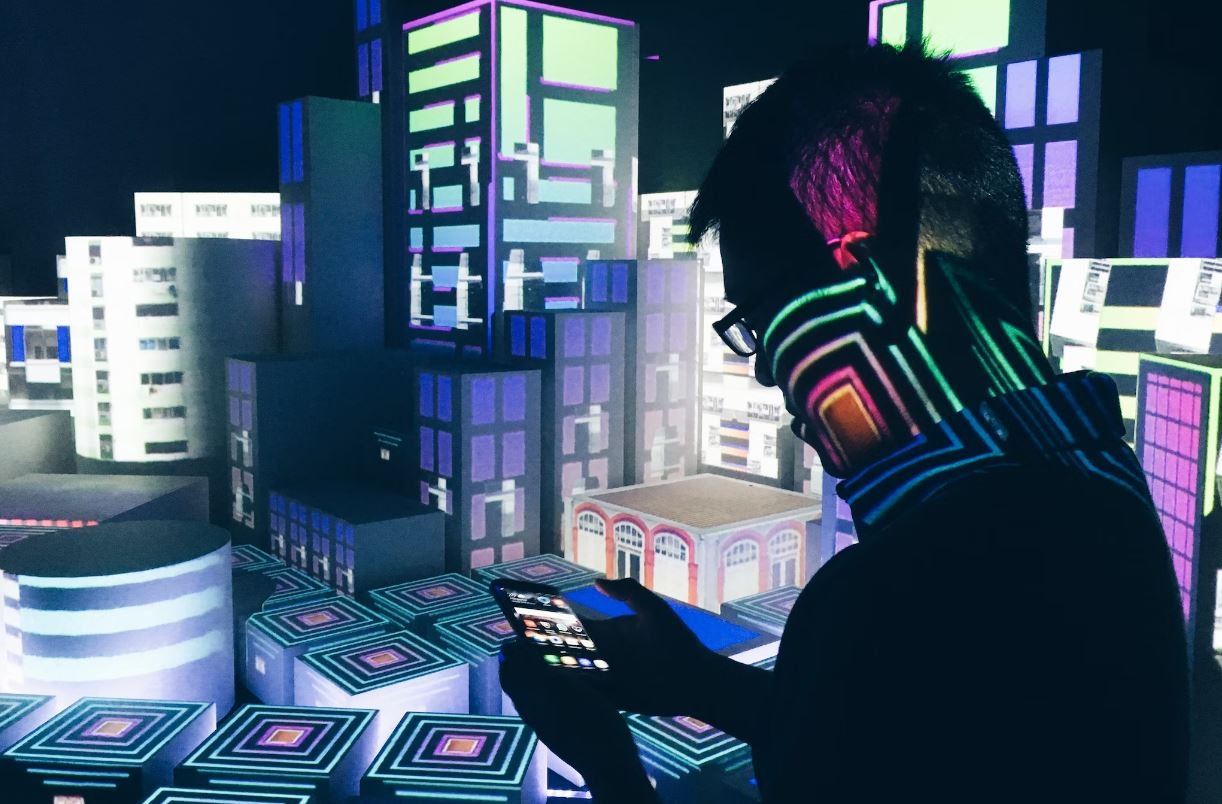
Common Misconceptions
Misconception 1: Video mapping is the same as projection mapping
One common misconception people have is that video mapping and projection mapping are interchangeable terms. However, while they are related, there is a subtle difference between the two. Video mapping refers specifically to the process of manipulating projected images to fit onto irregularly shaped surfaces. On the other hand, projection mapping is a broader term that encompasses the projection of any type of media, including images, videos, and animations, onto objects or buildings.
- Video mapping focuses on manipulating images
- Projection mapping includes the projection of various media types
- Video mapping is a subset of projection mapping
Misconception 2: Video mapping is only used for artistic installations
Another common misconception is that video mapping is solely used for artistic and creative purposes. While video mapping is indeed utilized for artistic installations, such as mapping projections onto buildings during festivals, it also has practical applications in various industries. For example, in architecture and interior design, video mapping can be used to visualize and present designs in a captivating and dynamic manner.
- Video mapping has practical applications in architecture and interior design
- It can be used to visualize and present designs
- Video mapping aids in engaging presentations
Misconception 3: Video mapping is a complex and expensive process
Many people assume that video mapping is a highly complex and expensive process that requires advanced technical skills and expensive equipment. However, with the advancement of technology, video mapping has become more accessible and user-friendly. There are now software tools available that simplify the process, allowing users with basic technical knowledge to create video mapping projects. Additionally, the affordability of projectors and mapping software has made video mapping more affordable for individuals and businesses.
- Video mapping has become more accessible and user-friendly
- Software tools simplify the process
- Video mapping is now more affordable
Misconception 4: Video mapping is only suitable for large-scale events
Some people believe that video mapping is reserved for large-scale events and venues due to its grand visual impact. However, video mapping can be scaled to suit any size of event or location. Whether it’s a small art exhibition or a corporate presentation, video mapping can be adjusted to fit the space and requirements. This flexibility makes video mapping a versatile tool that can be adapted for various purposes and settings.
- Video mapping can be scaled to suit any event or location
- It can be adjusted to fit the space and requirements
- Video mapping is versatile and adaptable
Misconception 5: Video mapping is only suitable for outdoor environments
Lastly, a common misconception is that video mapping is primarily suited for outdoor environments. While outdoor video mapping can create breathtaking displays on building facades, it can also be used indoors for immersive experiences. From museum exhibitions to theatrical performances, video mapping can transform indoor spaces into interactive and visually captivating environments.
- Video mapping can be used for indoor and outdoor environments
- It offers immersive experiences indoors
- Video mapping transforms indoor spaces visually
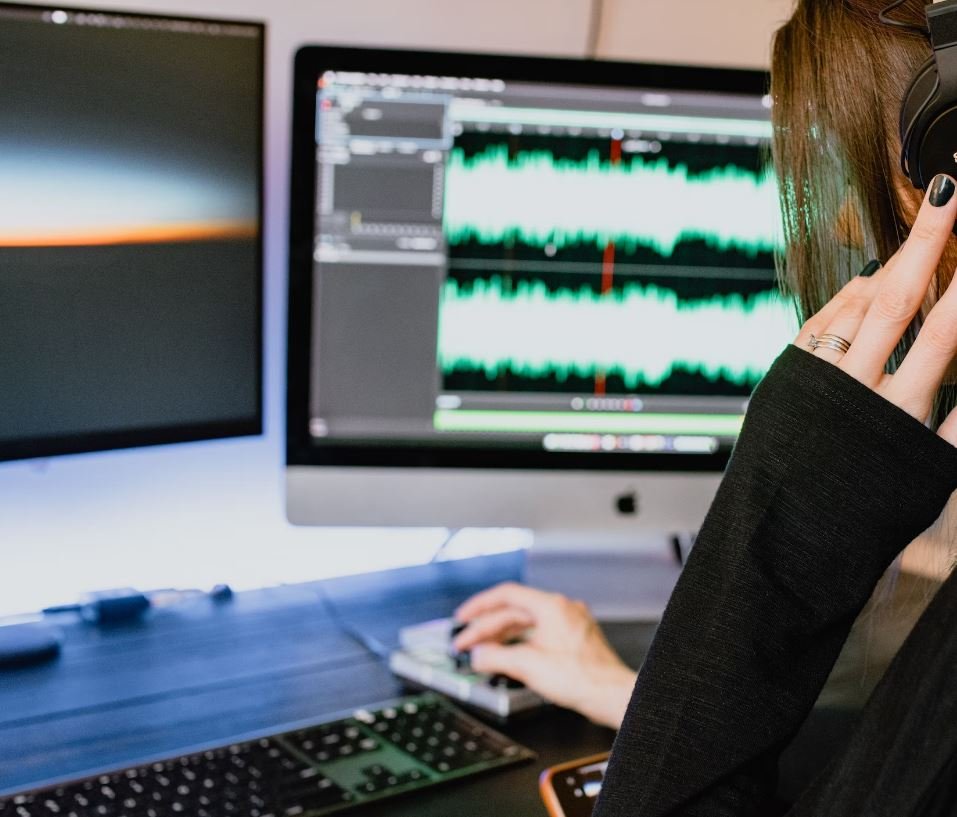
Video Mapping Techniques Used in Architectural Projection
Video mapping is a dazzling technique that transforms ordinary objects, such as buildings, into captivating canvases for visual storytelling. By combining meticulous planning, precise projection mapping, and innovative content creation, video mapping artists create truly immersive experiences. This article explores ten fascinating video mapping techniques used in architectural projection, showcasing the versatility and transformative power of this art form.
Fade In/Fade Out
The Fade In/Fade Out technique utilizes gradual transitions to introduce and remove elements from the projected image. By creating smooth visual fades, artists can create a sense of depth and subtlety. This technique is often used to enhance the storytelling aspect of video mapping projects, allowing for seamless transitions between scenes and enhancing the overall narrative experience.
Multiple Perspectives
The Multiple Perspectives technique involves projecting different visual perspectives onto a single façade, creating a dynamic and multidimensional experience for viewers. By projecting different viewpoints simultaneously, artists can manipulate the perception of space and time, adding a surreal and mesmerizing quality to the projection.
Motion Tracking
Using Motion Tracking technology, video mapping artists can synchronize projected animations with the movement of objects or people in real time. This technique allows for interactive and immersive experiences, as the content adapts and morphs according to the viewer’s movements, creating a more personalized and engaging encounter.
3D Mapping
In 3D Mapping, artists use intricate projection techniques to create the illusion of three-dimensional objects on flat surfaces. By precisely aligning the projected content with the architectural elements, video mapping artists bring static buildings to life, making them appear dynamic, animated, and interactive.
Virtual Disappearance
Virtual Disappearance, also known as Camouflage Projection, is a technique where the projected image turns a building or object invisible. By mimicking the surrounding environment, video mapping artists can create the illusion that the structure has vanished, leaving viewers astonished and questioning the boundaries between reality and illusion.
Audiovisual Fusion
The Audiovisual Fusion technique combines projected visuals with synchronized soundscapes to create a multisensory experience. By carefully selecting or creating audio tracks that complement the projected content, video mapping artists immerse viewers in a world where sight and sound seamlessly merge, amplifying the emotional impact of the projection.
Mapping on Moving Objects
This technique involves projecting visuals onto moving objects in real time. By dynamically adjusting the projected content as the object moves, video mapping artists can create an illusion of static images seamlessly adhering to the moving surface. This technique is often used in performances or installations featuring rotating sculptures or moving vehicles.
Interactive Projection
Interactive Projection encourages viewer interaction by incorporating sensors or cameras that detect physical gestures or movements. As viewers engage with the projection, they trigger responsive animations or changes in the content, creating a sense of playfulness and allowing for a unique and participatory experience.
Architectural Mapping
Architectural Mapping is a technique where video projection is tailored to the specificities and intricacies of a building’s architecture. The projected content is meticulously designed to highlight the architectural features, enhancing the building’s aesthetics and creating a symbiotic relationship between the projection and its environment.
Light Painting
Light Painting is a technique that involves using light sources to create painted-like animations on surfaces. By precisely controlling the intensity, color, and movement of the projected light, video mapping artists can bring static objects to life, adding an ethereal and magical quality to the projection.
In conclusion, video mapping is a captivating art form that pushes the boundaries of projection technology, transforming ordinary spaces into extraordinary visual experiences. Through techniques such as Fade In/Fade Out, Multiple Perspectives, Motion Tracking, 3D Mapping, Virtual Disappearance, Audiovisual Fusion, Mapping on Moving Objects, Interactive Projection, Architectural Mapping, and Light Painting, video mapping artists create immersive and awe-inspiring moments that blur the lines between art, architecture, and technology.
Frequently Asked Questions
What is video mapping?
Video mapping, also known as projection mapping or spatial augmented reality, is a technique that allows for the projection of video onto three-dimensional objects or structures, creating an illusion of movement and transforming the object’s appearance.
How does video mapping work?
Video mapping works by using specialized software to align the projected image with the contours and features of the object or structure. The software analyzes the shape of the object and adjusts the projected video accordingly, ensuring a seamless visual effect.
What are the applications of video mapping?
Video mapping has a wide range of applications, including artistic performances, advertising and branding, architectural projections, stage design, and immersive experiences. It can be utilized in live events, museums, theaters, theme parks, and even in private installations.
What are the benefits of video mapping?
The benefits of video mapping include creating visually stunning displays, enhancing storytelling capabilities, transforming ordinary objects into extraordinary installations, and providing a dynamic and immersive experience for viewers. It allows for the integration of moving images with physical objects, adding depth and interactivity.
What equipment is needed for video mapping?
To create video mapping, you will typically need a video projector, a computer or media server running video mapping software, and a surface or object to project onto. Depending on the complexity of the project, additional tools such as a laser scanner or a 3D modeling software may be required.
What software is commonly used for video mapping?
There are several popular software options for video mapping, including MadMapper, Resolume Arena, Millumin, HeavyM, and TouchDesigner. These software tools provide the necessary functionalities to map videos onto objects and control various visual effects.
Do I need specialized skills to do video mapping?
While a basic understanding of video editing and projection techniques is helpful, you don’t necessarily need specialized skills to get started with video mapping. Many software options offer user-friendly interfaces and tutorials, allowing beginners to create impressive mappings with some practice and experimentation.
Can video mapping be used outdoors?
Yes, video mapping can be used outdoors, but it requires careful consideration of environmental factors such as ambient lighting, weather conditions, and the durability of the projection surface. Outdoor video mapping often requires more powerful projectors and professional installation services to ensure optimal results.
Is video mapping a temporary or permanent installation?
Video mapping can be both temporary and permanent, depending on the specific project and its purpose. It can be used for one-time events or installations, as well as integrated into permanent architectural elements for long-term displays or interactive experiences.
Are there any limitations to video mapping?
While video mapping offers a high degree of creative freedom, there are some limitations to consider. These include the need for proper lighting conditions, the requirement of a suitable projection surface, the cost of equipment and software, and the technical expertise needed for more complex mapping projects.


